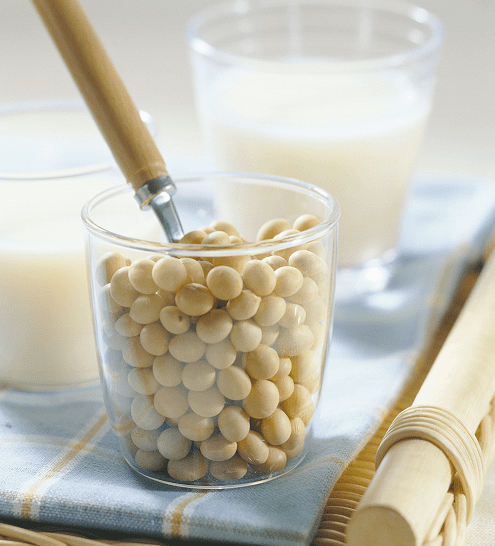Soy Dairy Analogues Could Develop New Market for U.S. Soy in South Asia
- Category:
- General News
- Soy Foods
- Virtual Events

USSEC, in association with Specialty Soya and Grains Alliance (SSGA), conducted a virtual conference titled “Workshop on Soy Dairy Analogues” on May 1. Processing and producing soymilk and tofu products is an established industry in India. There is an increasing interest in dairy analogue products (yogurt, cream cheese, ice cream, traditional sweets, etc.) among Indian soymilk and tofu manufacturers. One reason for the high interest in dairy analogue products is the relatively high rate of lactose intolerance among Indians – 60-70% of the population;[1] and also the health benefits of soy in comparison with high saturated fat dairy products. Comparatively, the lactose intolerance rate is only 10-15% among the overall U.S. population[2]. To produce soymilk, tofu and dairy analogue products, manufacturers in India have been using soymilk from soybeans produced locally. However, since utilizing the Quality Samples Program (QSP) in 2018 to provide specialty soybeans produced in the U.S. to soymilk producers in India, USSEC is opening up a new market for U.S. soybeans.
The soy food processing industry relies on its incremental business volume in terms of production and revenue generation. U.S. food soybeans have been proven to be superior over the locally available soybeans, helping improve product quality and increased customer acceptance. Soymilk producers in India reported a preference for the U.S. specialty beans due to their better white color, higher sugar content and better taste when they produce soymilk, tofu and dairy analogue products.
Because of efforts put in so far on market access issues and demonstrating the superiority of the U.S. specialty food soybeans, the soy food companies in India and the region are willing to try and use these beans for various advantages on a larger perspective. However, there were market access issues to overcome.
First, imported soybeans have stringent phytosanitary requirements by the Indian PPQ (Plant Protection and Quarantine) Department, which includes a certification with the declaration for the freedom from Bruchids (Bruchidius spp.) along with weed free crop area and zero dockage certification by the soybean supplier from a competent authority in the U.S.
Second, the high tariff 57% (45% basic + GST) on the import of soybeans is a major obstacle for the U. S. food beans in India, making it economically difficult for a broad application of U. S. Soy for dairy analogues. The workshop’s goal was to overcome this issue by helping Indian soy milk producers realize aspects like ease in sourcing, consistent quality, assured supply and intrinsic qualities of U.S. soybeans which yield a superior end product. Frequent education, exposure to the trade, and practical handling of U.S. Soy has further helped Indian entrepreneurs run a cost-benefit analysis between U.S. Soy and Indian soy. Most customers are now in a position to differentiate and move towards their preferences.
The U.S. soy industry can enhance this effort, which will develop the market even further. The virtual conference on May 1 had 100 participants across India, including existing soymilk and tofu manufacturers (43%), food industry representatives (25%), potential entrepreneurs (26%) and other allied industry representatives. The program included nine presentations and videos on processing of soy yogurt, cheese spread and soy ice cream. Of the participants completing the event survey, 60% recognized the superiority of U.S. soybeans. While 51.7% respondents are currently not purchasing/using U.S. Soy, they say they plan to within the next six months.
Next steps include additional technical support on how to produce better dairy analogue products with recipes, improved processes and recouping higher sourcing costs with value-added premium products. USSEC will continue working with the participants and working on this sector to create demand for U.S. food beans in the Indian market.

[1] https://www.deccanchronicle.com/lifestyle/health-and-wellbeing/110617/majority-of-indians-are-lactose-intolerant.html
[2] https://news.cornell.edu/stories/2005/06/lactose-intolerance-linked-ancestral-struggles-climate-diseases; 30-50 million overall, divided by 320 million population